You probably hadn’t heard of BYD or XPeng five years ago, but now one is a brand that’s making a name for itself in Australia, while the other wants to.
You’ve likely seen BYDs around, if not the Shark 6 ute or the Seal sedan, then probably the Atto 3 SUV, which has been around a while now.
But if I’m being completely honest, the first time I can recall seeing an XPeng on the road was the one being used for this comparison.
Now, both brands have an entrant in one of the hottest competitions going round: the electric mid-size SUV segment.
The Sealion 7 and the G6 are both here as alternatives to the Tesla Model Y with comparable specs but a slightly lower price.
If you’re a bit apprehensive about that particular brand, these two could end up on your shopping list so we’re finding out if one, both, or neither are up to the task.
BYD Sealion 7 2025: Premium
| Engine Type | 0.0L |
|---|---|
| Fuel Type | Electric |
| Fuel Efficiency | 0.0L/100km (combined) |
| Seating | 5 |
| Price From | $54,990 |
Price and features – Does it represent good value for the price? What features does it come with?
Alright, so both undercut the Model Y by a few big ones, the Sealion 7 Premium is a $54,990 ask and the Xpeng G6 Standard Range is even less at $54,800, both before on-roads.
The best part is while both sneak in under $55K, neither of them are short on features.
Both of our competitors here come with big multimedia screens and driver displays, heated and vented electrically adjustable front seats, heated rear seats, a large panoramic sunroof, wireless Android Auto and Apple CarPlay, surround-view cameras and wireless phone chargers.
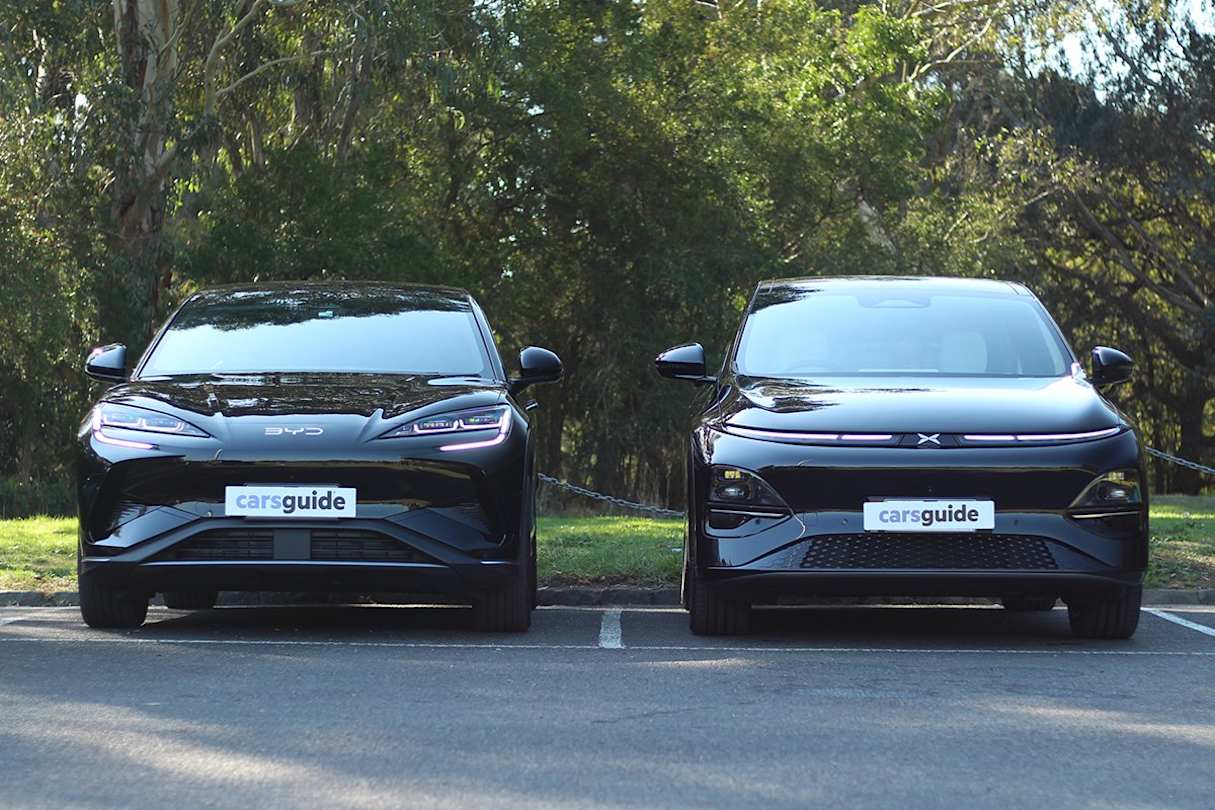
Both also have an app for functions like remote unlocking and locking, finding your vehicle, checking its status and various other functions.
Both cars are so stacked with kit that there are only small differences in the extent of their spec. The Sealion 7, for example, has a head-up display whereas the XPeng doesn’t.
The BYD's slightly larger 15.6-inch multimedia display can also rotate, while its seats and steering wheel are genuine leather.
The XPeng has a smaller 14.96-inch screen and a heated leather steering wheel, but its seats are synthetic leather.
BYD Sealion 7 | XPeng G6 | |
| Score | 8 | 8 |
Design – Is there anything interesting about its design?
Unfortunately, electric cars designs are seemingly sometimes determined by wind tunnels, and both the G6 and the Sealion 7 seem to fit into that category.
But while both have that similar, low-drag front, they diverge when it comes to the silhouettes and their visuals.
The XPeng, to start, is almost egg-like in its smoothness. There are no creases, no lines, only smoothness.
Aside from the thin light bar, the headlight cluster and lower bumper at the front, the continuous surface shape is unbroken all the way back aside from the little camera component between the front wheel and wing mirror.
It’s a similar story inside, not a lot of buttons to break up the extremely minimal interior, which is kind of a downside as I’ll get to in a bit.
The light synthetic leather interior makes it seem even more like it’s leaning into a Scandinavian vibe too.
The Sealion 7 has, by contrast, a bit more going on both inside and out. It’s got C-shaped lights that incorporate the headlight and DRLs, there’s a bit more open space rather than smooth bodywork, and there are creases down the side.
It’s a bit hard to see when both cars we’ve been given, pictured, are black, but the XPeng has a lot more painted bodywork than its rival.
Inside the BYD there’s also an interior that will feel much more familiar to anyone who hasn’t been in a new car for a while.
Where the Xpeng is leaning into more recent minimalist interior design trends, the BYD takes inspiration from more traditional practice.
Essentially, it’s impressive to see buttons and physical controls in the Sealion 7 without it looking too busy. It feels like a more expensive car than it actually is.
BYD Sealion 7 | XPeng G6 | |
| Score | 8 | 7 |
Practicality – How practical is its space and tech inside?
Sometimes I feel a decade older than I am when I say these things, but the fact there are buttons to control things in the BYD, as well as an actual gear shifter, are extremely welcome in my view.
Sure it’s a modernised, minimised version, but climate, media, drive modes and park assistance are all found as buttons around the gear selector, plus there’s an easy way to get to the more detailed stuff on the huge multimedia screen.
Shortcuts on screen are easy to navigate, and even when you’ve got Android Auto on, you can swipe up from the bottom and bring them up.
There’s also the BYD’s party trick, its rotating screen, though it doesn’t seem to be compatible with phone mirroring and its portrait orientation isn’t as useful most of the time.
There’s also a driver display and a head-up display, which means BYD is at least still considering that maybe we don’t want all our information and functions stuck in the middle of the dash.
It’s also spacious, the Sealion 7 is more than 4.8m long and there’s no shortage of places to put things.
Not only does it not feel cramped, but the interior won’t get cluttered with space for items either under the centre console or in the big storage bin.
And it gets better in the second row.
I’m 180cm tall, and the back seat feels at least like I’m sitting in the back of a full-size SUV. There’s an almost unnecessary amount of space, it’s proper luxury even if you’re on a long trip.
The seats are also nicely adjustable, the glass is tinted, and the armrest is comfy.
There’s even more space behind that, 500L in fact, and a small storage spot under the boot floor as well as more in the front-boot at the other end of the car.
In the XPeng, the minimal interior creates a slightly less useful space, even if it feels less cluttered.
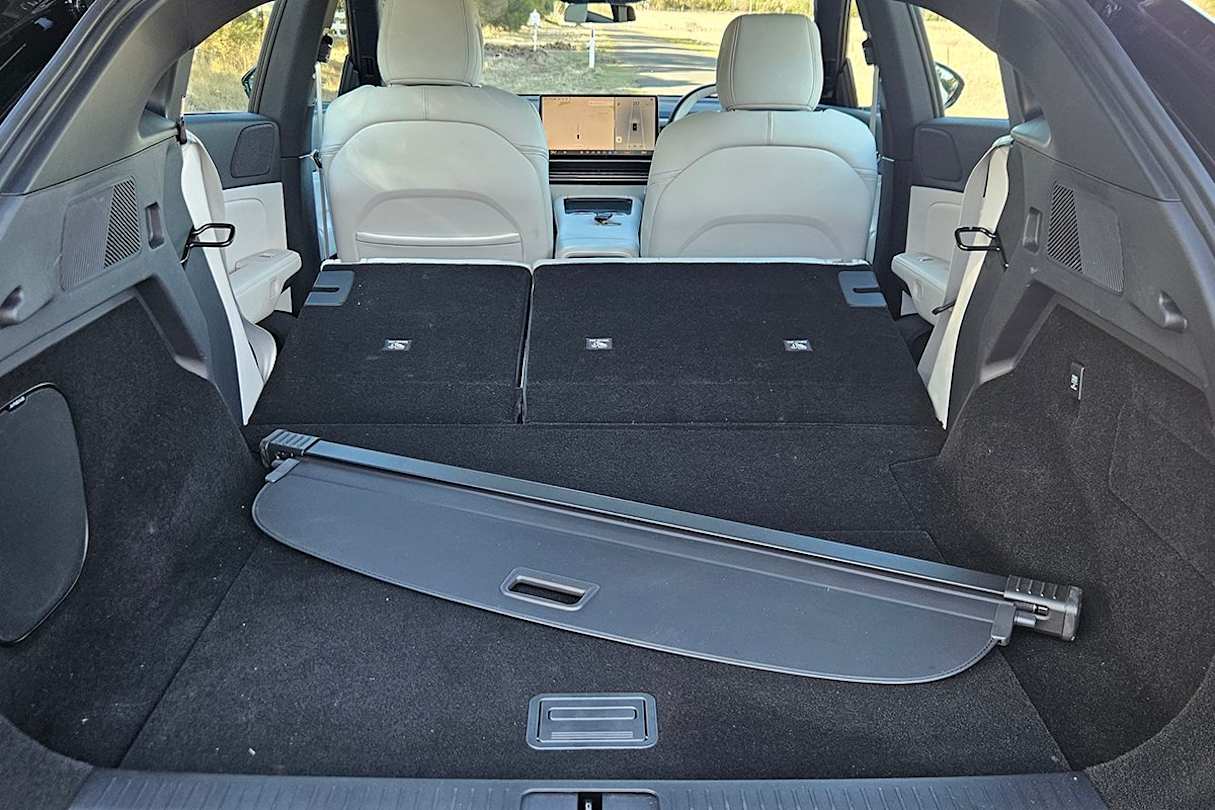
The ergonomics and visibility are good, it’s comfortable and the seat is supportive, but there’s a lot of reliance on the screen - points off in my book.
It’s also worth mentioning that in his particular car, on the day I took both cars for a road loop and photography, the multimedia and driver displays were both lagging and freezing to the point the system was unresponsive and wouldn’t keep my driving information up to date.
That meant I was taking off from a set of lights and the speedo was still on 0km/h several seconds later.
It was persistent for quite some time until I pulled over and put the system through a factory reset. The problems didn’t return, so it might just be that the test vehicle in question has been through the wars - but something to keep in mind regardless.
Anyway, the software itself is nicely customisable, so you can choose what shortcuts are readily available, and the same as the BYD you can even get to them when phone mirroring is on.
The layout is very similar to the Sealion 7, minus the buttons, but even down to the space under the charger pad or the central storage bin being similarly large.
There is, however, no shade for the huge sunroof, so even with the light interior on a cold day it gets a little oven-y.
More similarities in the second row, even though it doesn’t feel as spacious. The G6’s back seats have ample legroom and headroom, an armrest with pop-out cupholder, but not adjustable backrests.
There’s a 571L boot behind that, but it’s 1374 litres with the seats down.
BYD Sealion 7 | XPeng G6 | |
| Score | 8 | 7 |
Under the bonnet – What are the key stats for its engine and transmission?
Both the BYD and XPeng have similar drivetrain setups, being single-motor rear-wheel-drive electric cars.
Their figures go relatively toe-to-toe in the end, with the 230kW Sealion 7 being more powerful than the 190kW G6, but not as torquey, with 380Nm to the G6’s 440Nm.
The BYD is also heavier, so it takes a claimed 6.7 seconds to hit 100km/h, while the XPeng takes 6.6s.
BYD Sealion 7 | XPeng G6 | |
| Score | 8 | 8 |
Efficiency – What is its fuel consumption? What is its driving range?
The BYD Sealion 7 has a claimed 482km WLTP range, while the XPeng G6 falls shorter at 435km.
This comes mostly thanks to the BYD’s bigger Blade battery, at 84kWh compared to the XPeng’s 66kWh unit.
The BYD only chews through power at a slightly higher rate, a claimed 19.9kWh/100km versus the 17.5kWh by the XPeng.
But the XPeng charges at a higher rate. Its 215kW DC charge rate has the BYD’s 150kW rate beaten, so it takes just 20 minutes to charge from 10 to 80 per cent.
BYD doesn’t have a specified claimed charge time, but a bigger battery and lower charge rate should result in a longer time.
BYD Sealion 7 | XPeng G6 | |
| Score | 7 | 7 |
Driving – What's it like to drive?
The two rivals facing off here fall into a ‘judge a book by its cover’ groove when it comes to how they drive. Let me explain.
The BYD Sealion 7 first. Its busier exterior design could suggest it’s aiming to be more sporty than something like the techy XPeng, and even though sporty is a stretch, the Sealion feels less ‘numbed’ than the G6 from the driver’s seat.
Its ride is down to the surface, with its heavier weight being a factor in how well its suspension soaks up bumps and settles afterwards.
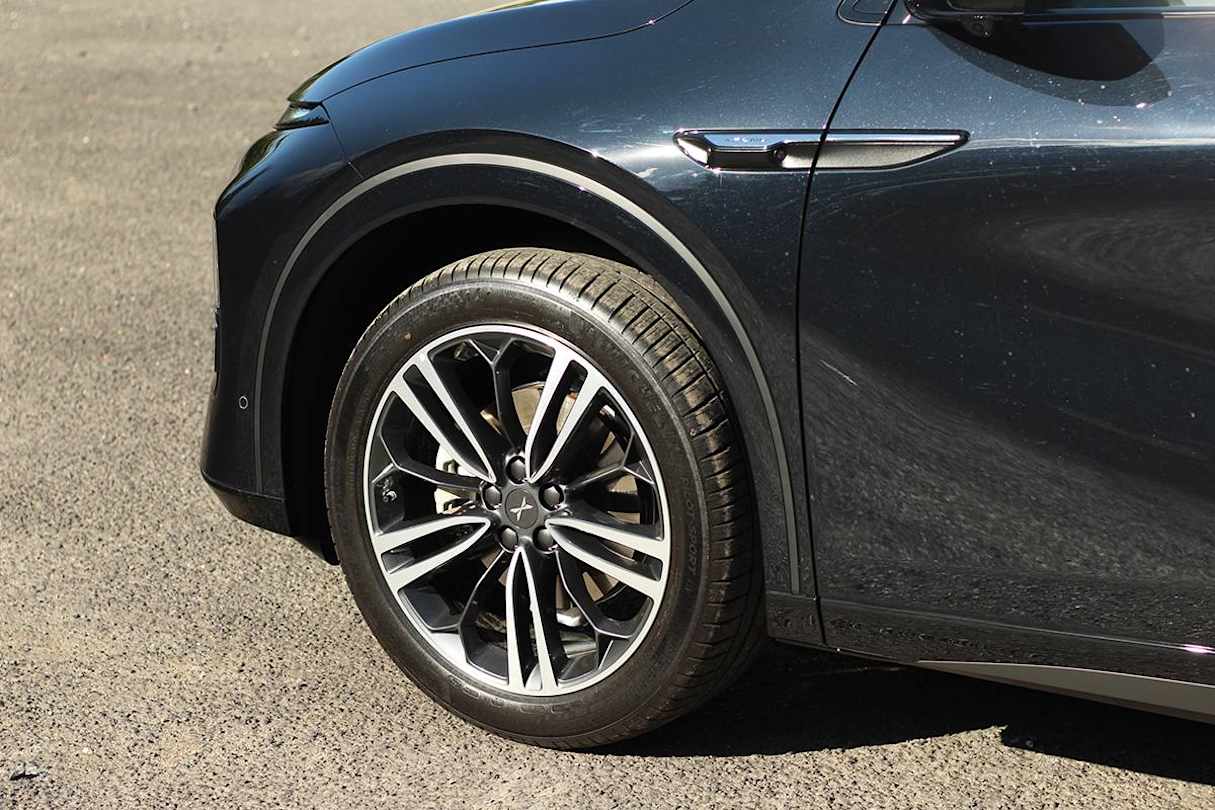
While not ‘crashy’ even when presented with rough roads, the BYD doesn’t feel as smooth as it could in situations like fast cornering or heavy braking. Its centre of gravity is low, though, so the Sealion feels stable in most normal driving conditions.
In day-to-day driving, its ride, steering, throttle and braking all form a cohesive and easy driving experience that's helped by an intuitive interior layout and a nicely shaped steering wheel.
Most of the Sealion 7's settings can be left in their comfort or standard modes for the best experience. Sport modes add little but necessary resistance with no tactile benefit.

Its regenerative braking can be set between Standard or the strangely named ‘Larger’. Neither are a proper one-pedal driving experience, leaving you in charge of any decisive braking that might need to be done.
The XPeng is a decidedly softer experience in many ways.
Its lighter weight means it settles better over bumps, and it doesn’t feel as affected by poor surfaces. It does, however lean more than the BYD during cornering, but not to the point it feels unstable - a small trade-off for arguably better overall on-road manners.

While it doesn’t feel as ergonomically sound from the driver’s seat, with a steering wheel that’s thicker and seems built with design rather than grip feel in mind, the G6’s driving characteristics are more customisable than the Sealion’s.
Like the BYD, they’re often best left in comfort or standard, but the regenerative braking can be set to a near single-pedal drive mode, and it’s overall more adjustable.
Some of the differences between the two cars will come down to preference, but most will likely find the experience in the XPeng more suited to Australian roads simply because of its more comfortable damping.
BYD Sealion 7 | XPeng G6 | |
| Score | 8 | 8 |
Warranty & Safety Rating
Safety – What safety equipment is fitted? What is its safety rating?
Both cars have a five-star rating from ANCAP, but the BYD has nine airbags over the XPeng’s seven.
There are driver and passenger frontal, curtain, side-chest and a centre-front airbag in each, but the BYD also features extra side airbags for rear passengers.
Both also come with features like autonomous emergency braking at the front and rear plus for junctions, lane-keep and departure warnings, driver monitoring and speed alerts.
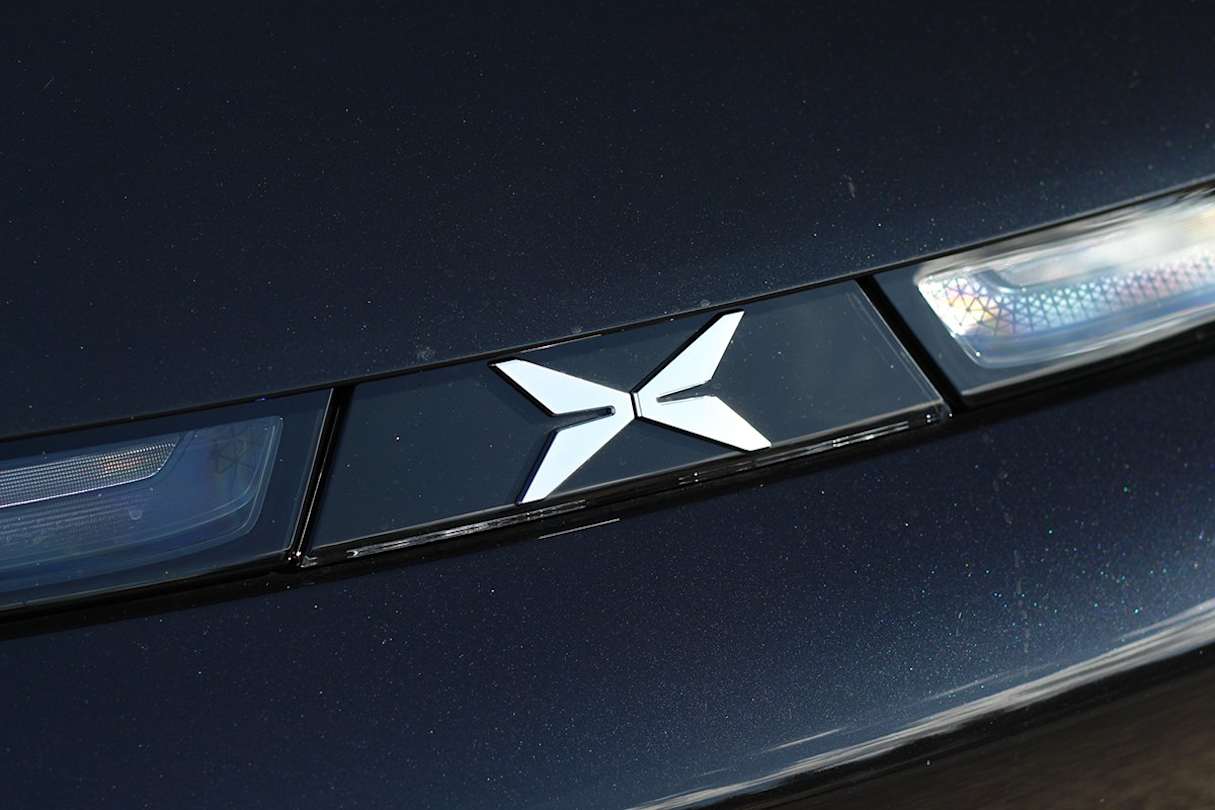
When it comes to the on-road reality of the safety systems in these cars, it’s the G6 that wins on being the less intrusive highway companion.
Its safety systems don’t show up unannounced unless something is actually going wrong, or you turn on the active cruise control.
In the BYD on the other hand, it’s not egregious, but the collision warning can on occasion be a little overzealous, and the lane assist in active cruise control jumps in automatically.
Certainly not dealbreakers, but something to be aware of.
BYD Sealion 7 | XPeng G6 | |
| Score | 8 | 8 |
Ownership – What warranty is offered? What are its service intervals? What are its running costs?
BYD’s six-year warranty has a 150,000km limit and some terms and conditions, so best read the warranty booklet before making a decision.
The brand also lists pricing costs for each service the Sealion 7 will need, each coming every 12 months or 20,000km, up to 120 months or 200,000km.
It totals $3880, with most services being $165 but a couple as much at $731.
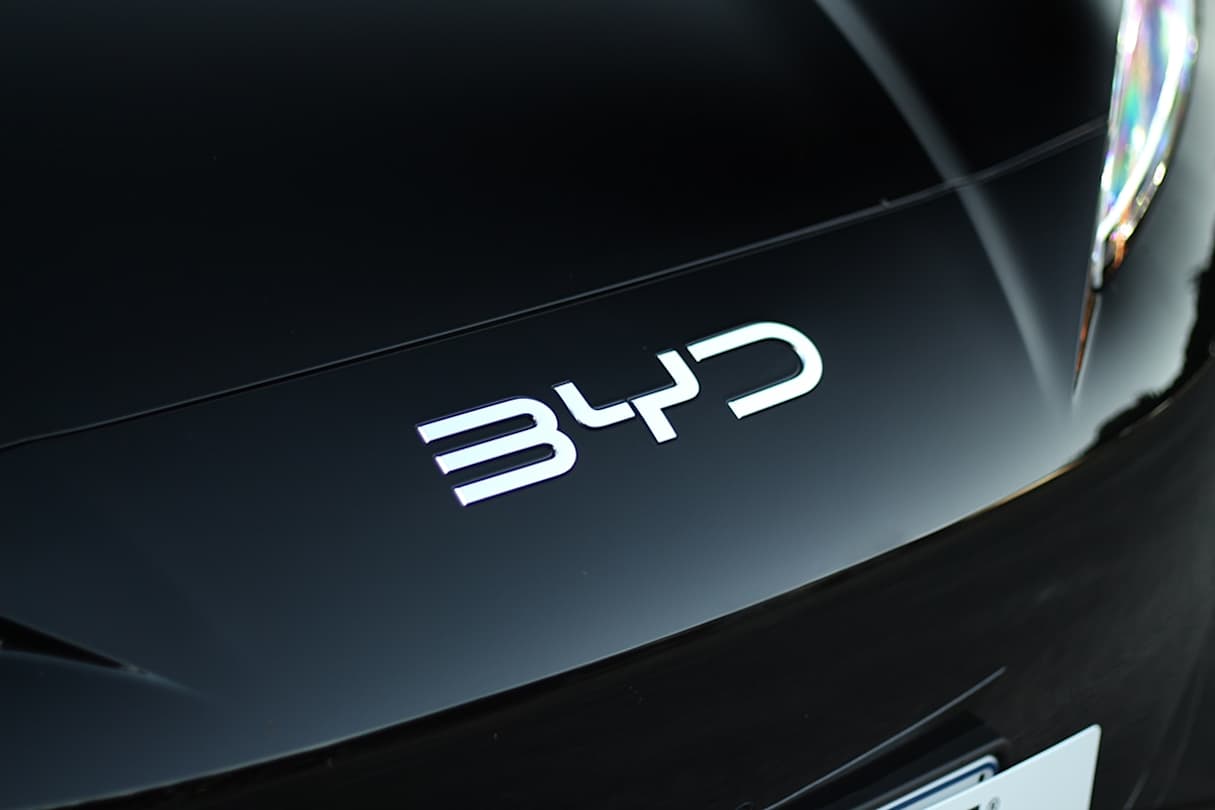
Meanwhile, XPeng’s five-year/120,000km falls a little shorter, but there's coverage for eight years or up to 160,000km on the main battery and other warranties for certain parts that sometimes aren’t covered.
Servicing is done at the same 12-month or 20,000km intervals, but pricing is listed until 100,000km or 60 months, and is $2064 all up - $307 more expensive than the BYD over that period.
BYD Sealion 7 | XPeng G6 | |
| Score | 7 | 7 |
Verdict
Both these cars are pretty impressive, especially for the price.
Their build quality is beyond what Tesla was offering back when Teslas were properly expensive, and they behave well on the road.
For me, the XPeng is a bit better in terms of its dynamics, but the BYD wins in terms of its interior and functionality.
In fact, day to day, the BYD has it overall, even without taking into account my tech troubles with this particular G6.
If not because of its usability and ergonomic polish, it’s also got a longer range and I reckon it looks better to my eye too.
But, as far as a first entry into Australia, the G6 is a pretty solid effort from XPeng.
I wonder what’ll be the result when we’re back in a few years comparing the next generation of each.
| Likes | BYD Sealion 7 | XPeng G6 |
Interior design and ergonomics | Comfortable ride and interior | |
Palatial second row | Well thought-out tech interface | |
Sporty styling | Decent charging speed | |
| Dislikes | BYD Sealion 7 | XPeng G6 |
Suspension less settled than G6 | Lack of physical controls inside | |
Limited charging speed | No sunroof blind | |
Safety system needs refining | Design lacks character |
BYD Sealion 7 | XPeng G6 | |
| Score | 7.8 | 7.5 |
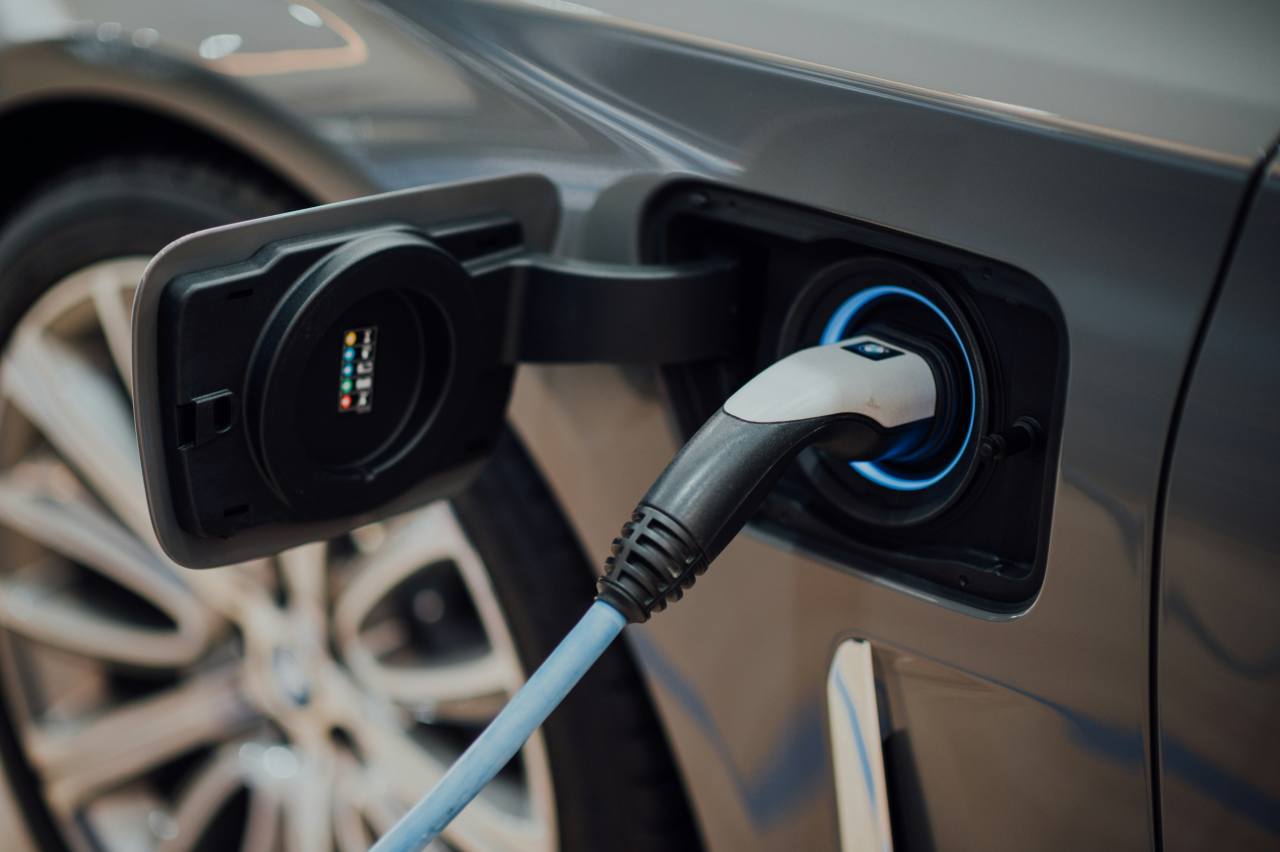
.jpg)




















































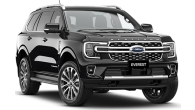


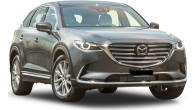
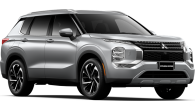
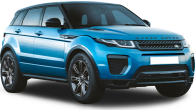


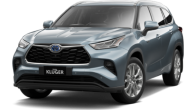


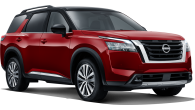


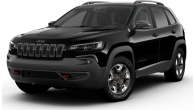
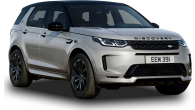



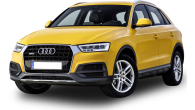
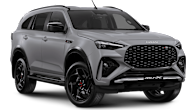



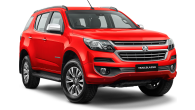


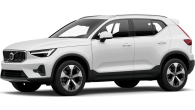



.png)

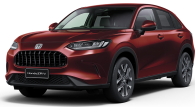


.jpg)

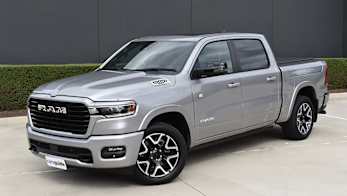

.jpg)